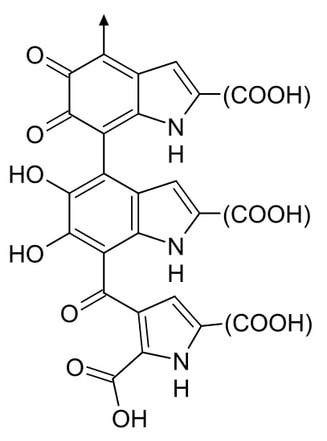 Old Slave Mart Museum Old Slave Mart Museum I visited Charleston and stopped by the Old Slave Mart Museum. The museum occupies the very same building where black people in the 1850s were sold like animals, often tearing families apart when different family members were sold to different buyers. It is believed to be the last such structure of its kind still standing in South Carolina. The inside of the museum chronicles in detail the evils of slavery and documents how the old city of Charleston was built by slave labor.  Area Occupied by the Morgue Area Occupied by the Morgue The role of slaves in building the city was further expounded upon in a tour of the area behind the Slave Mart which used to have a morgue, a kitchen, and a barracoon (these 3 structures, demolished long ago, were part of a scheme by which slaves to be sold were fed and made healthy before auction to the highest bidder). Standing in the area that used to be occupied by the morgue, the tour guide explained that slaves made the bricks used in the original buildings of the city. To make the bricks, the slaves would insert clay in a mold and then allowed it to dry in the sun. The clay was then removed from the mold in a process where slaves used their hands and sometimes left imprints of their fingers in the clay of bricks that were removed too early.  Eumelanin Eumelanin Being able to insert my fingers in those indentations was a powerful experience. The individual who was forced to make these bricks is dead and long-forgotten, but the marks his fingers made on this brick so many years ago are evidence that he existed. This individual lived a life of servitude under a cruel system that considered him property. People like him made up the economic backbone of the Southern United States, building its cities and towns and growing its crops. It would take a ghastly civil war and more than 500,000 casualties to break this backbone and start the country on the path that would guarantee freedom to blacks in the United States. Racism is a many-layered phenomenon that has multiple proximal causes, but at its most fundamental level racism is probably a by-product of xenophobia, the fear of strangers or those who are different. Xenophobia from a biological point of view grants survival advantages to animals including humans. Keeping close to those who we know (flock, pack, family, tribe etc.) is safer than approaching those we don’t. However, human beings can all too easily make the leap from “different” to “inferior” and from there to “not worthy of fundamental rights or respect”. But what differences can make someone “inferior” in the eyes of another? There has been a lot of controversy regarding things like intelligence testing or cranial capacity and how the different races fare against each other when evaluated by these metrics. I am not going to discuss these here because the vast majority of racist people do not make the primary decision to discriminate based on these metrics. Even though there are several differences between white and black individuals, the most obvious trait based on which a white person makes the decision to discriminate against a black person is that which makes them most different: the color of their skin. What is responsible for skin color? The color of the skin is due to molecules called eumelanin and pheomelanin that are produced in cells in the skin called melanosomes. The number of these cells and the ratio of eumelanin to pheomelanin determine skin color. Eumelanin is the darker pigment and protects the skin from the harmful ultraviolet rays of the sun that can produce cancer. Scientists believe that eumelanin evolved to protect the skin as an adaptation to life in the tropics when the ancestors of human beings lost their bodily hair. At the same time, however, sunlight is required for the human body to manufacture vitamin-D, which is necessary for life. As human beings with dark skin migrated from the tropics to northern latitudes where sunlight is not as strong and the body has to be covered to preserve heat, black skin became a hindrance to vitamin-D production. This in turn favored the advent of human beings whose skin produced less melanin and was lighter in color. Science cannot make value judgements because that is simply not its nature. Science cannot tell us that discrimination or slavery (or anything else for that matter) is “wrong”. However, science does have tools that allow for examination of arguments within logical frameworks. As a scientist, when I hear someone expound racist ideas arguing that people with black skin are somehow inferior to people with white skin, what I hear is that just because the concentration of eumelanin in your skin is higher, that makes you somehow inferior to others that have lower levels of this molecule. To me this does not make sense. Why should having higher levels of eumelanin in an organ like the skin make you inferior to others? The biochemical and physical properties of eumelanin have been extensively studied and, besides its relationship to cancer and vitamin-D, there is nothing in this molecule whatsoever that is any way connected with a possible physical or mental handicap (if that is what is meant by the word “inferior”). The whole premise is absurd.
Xenophobia may form part of our inherent biological programing and may make us prone to discriminate against others, but the impulses that arise from this ancient programing can be channeled in positive ways and modified by education to produce adults that judge people by their character and not the color of their skin. The image of eumelanin is in the public domain. The pictures are by the author and may be used with permission.
0 Comments
|
Details
Categories
All
Archives
June 2024
|

 RSS Feed
RSS Feed